Winter transforms our landscapes into challenging environments for wildlife, particularly for birds that remain in colder regions rather than migrating south. As temperatures plummet and natural food sources become scarce beneath blankets of snow and ice, these feathered residents face a daily struggle for survival. Providing supplemental food during these harsh months isn’t just a pleasant hobby for bird enthusiasts—it represents a critical lifeline that can make the difference between life and death for many species. Beyond mere survival, proper winter feeding can actually help birds thrive during these challenging months, supporting everything from their metabolic needs to their reproductive success in the following spring. This article explores the science, benefits, and best practices of winter bird feeding, offering insights into how this simple act of kindness can have far-reaching positive impacts on avian populations.
The Winter Challenge: Why Birds Need Extra Help
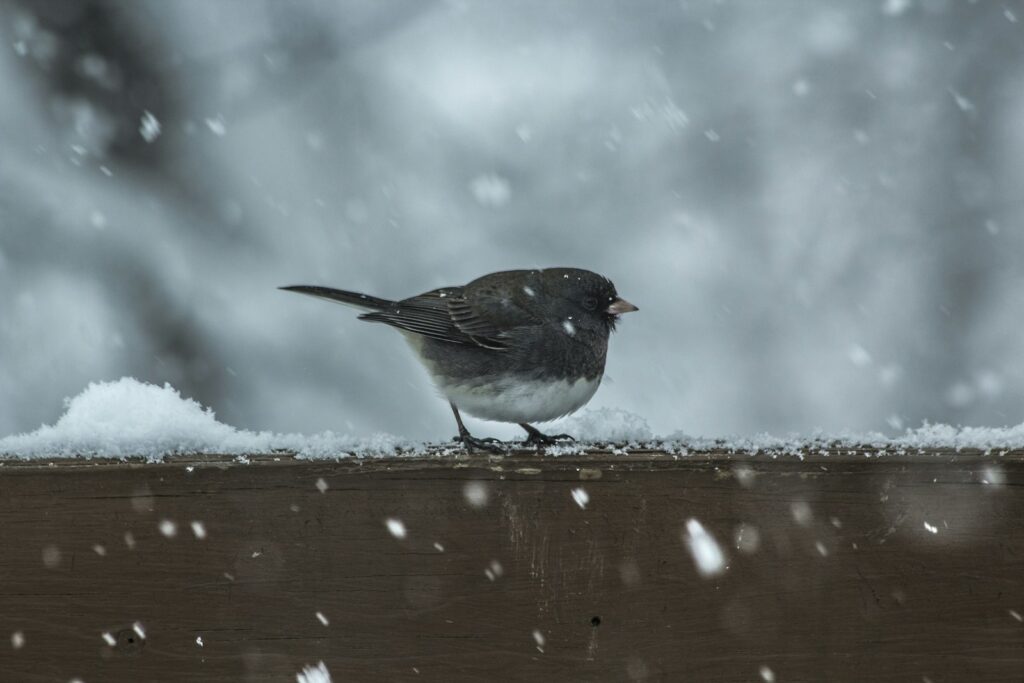
Winter creates a perfect storm of challenges for non-migratory birds, with food scarcity being the most pressing concern. Cold weather dramatically increases birds’ caloric requirements—some small species need to eat up to 30% of their body weight daily just to survive frigid nights. Natural food sources like insects, berries, and seeds become buried under snow or depleted as winter progresses, creating a dangerous energy deficit. Shorter daylight hours further compound the problem, giving birds less time to forage while requiring them to fuel longer, colder nights. Without sufficient caloric intake, birds quickly deplete their fat reserves and can perish within hours during particularly harsh conditions. This precarious balance between energy consumption and expenditure makes supplemental feeding a potentially life-saving intervention during winter’s most challenging periods.
The Science of Winter Bird Metabolism
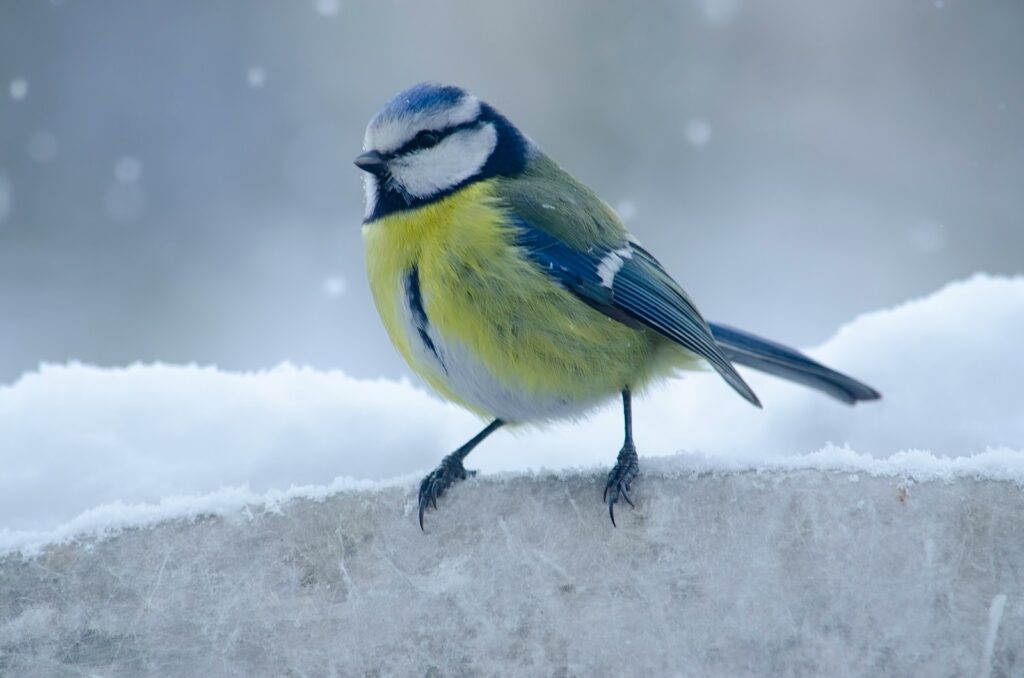
Birds have remarkable physiological adaptations for cold weather, but these mechanisms come with significant energy costs. Unlike mammals, most birds maintain higher body temperatures—typically around 105°F (40°C)—meaning they must generate substantial heat to maintain this differential in freezing conditions. Small birds like chickadees and wrens have particularly challenging thermal economics due to their high surface-area-to-volume ratios, losing heat rapidly and requiring near-constant refueling. During extreme cold nights, many species enter a state called regulated hypothermia or torpor, where they temporarily lower their body temperature to conserve energy—but this strategy only works if they’ve consumed enough calories during the day. Research shows that birds with access to reliable food sources maintain healthier weight profiles throughout winter and experience lower mortality rates during cold snaps. By providing high-energy foods, we help offset the metabolic demands of these cold-weather survival strategies.
Beyond Survival: How Feeding Impacts Spring Success
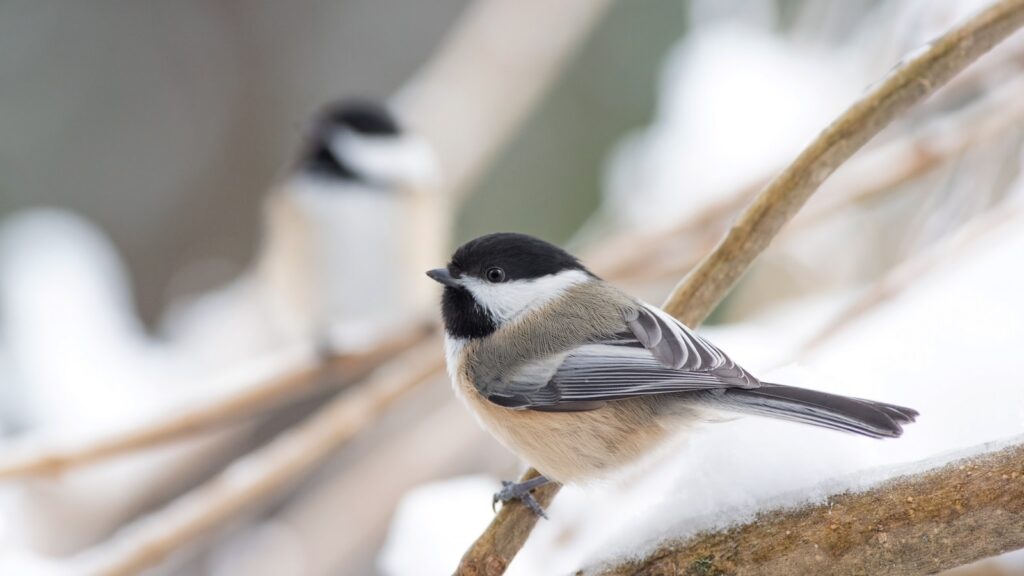
Winter feeding benefits extend well beyond immediate survival, significantly influencing birds’ reproductive success in spring. Birds that maintain better body condition through winter enter breeding season with stronger health profiles and energy reserves. Studies show that female birds with access to supplemental winter feeding often lay eggs earlier, produce larger clutches, and raise more successful broods than those without such support. Males with better winter nutrition can establish and defend territories more effectively while displaying stronger courtship behaviors. Research from the University of Exeter found that blue tits with access to supplemental winter feeding produced offspring with longer wings and improved overall development. This ripple effect demonstrates how winter feeding doesn’t just keep birds alive—it contributes to population health and reproductive success months after the snow has melted.
Nutritional Powerhouses: High-Energy Foods for Winter

Not all bird foods offer equal value during winter’s intense energy demands, with high-fat options providing the most efficient fuel for cold-weather survival. Suet—rendered animal fat mixed with seeds, nuts, or fruits—delivers concentrated calories that help birds maintain their critical fat reserves. Black oil sunflower seeds stand out as exceptional winter food, offering high oil content (approximately 40%) in an easily accessible package that most feeder birds can handle. Peanuts provide both protein and healthy fats, while nyjer (thistle) seeds specifically support finches and other small birds with their concentrated nutritional profile. Offering a variety of these calorie-dense foods ensures diverse species can access appropriate nutrition based on their beak shapes, sizes, and dietary needs. During particularly harsh weather, these energy-rich options become especially important as birds may need to consume significant calories in limited foraging windows between storms.
Creating Bird-Friendly Winter Habitats
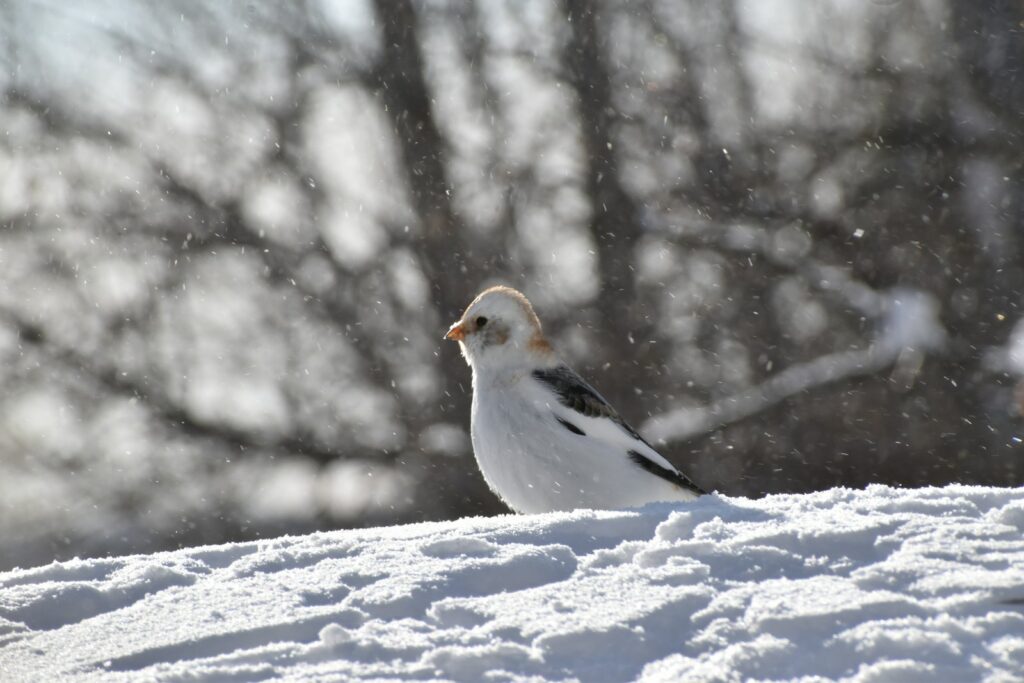
Effective winter bird support extends beyond feeders to encompass habitat considerations that provide shelter, protection, and natural food sources. Evergreen trees and shrubs offer crucial windbreaks and roosting sites where birds can conserve body heat during cold nights and storms. Leaving stands of native plants with seedheads intact—including coneflowers, black-eyed Susans, and ornamental grasses—provides natural food sources while creating structure that catches drifting snow to create protected foraging zones. Brush piles constructed from fallen branches and yard trimmings create valuable microhabitats where birds can escape predators and harsh weather while finding insect protein. Water remains vitally important but often overlooked—birds need accessible water for drinking and maintaining feather condition, so heated bird baths or regularly refreshed shallow dishes provide an essential resource when natural water sources freeze. These habitat elements work synergistically with feeders to create winter sanctuaries that support diverse avian needs.
Feeder Selection and Placement for Maximum Benefit
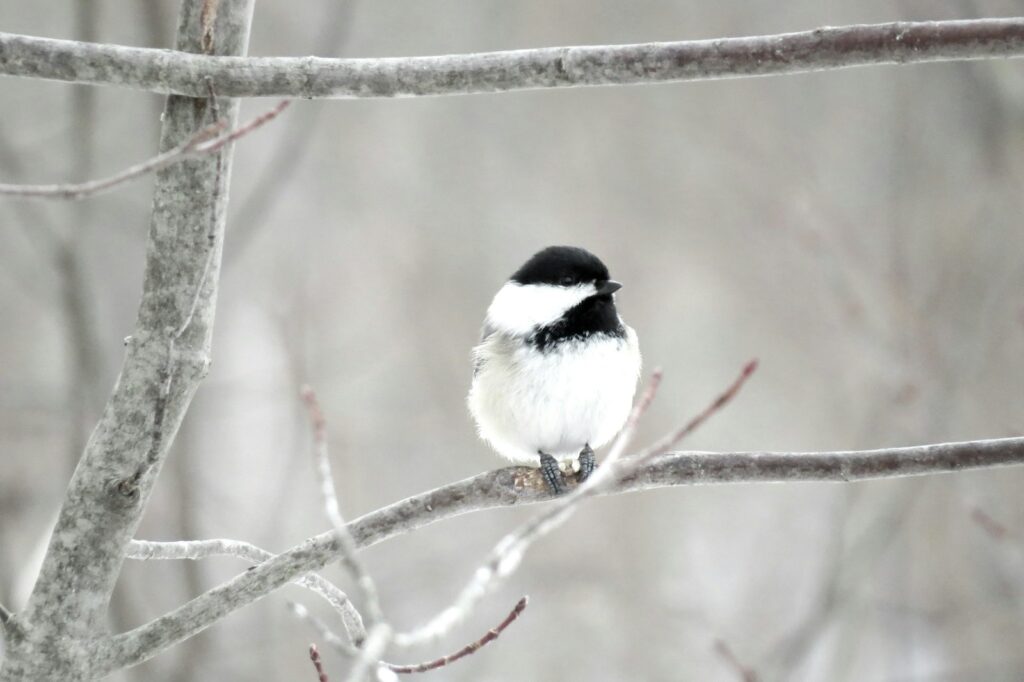
Strategic feeder selection and placement dramatically increase their effectiveness and safety for winter birds. Platform feeders work well for larger species like cardinals and jays, but should include drainage to prevent food from becoming soggy and potentially harboring bacteria. Tube feeders with multiple ports allow smaller birds like chickadees and finches to feed simultaneously while offering some protection from precipitation. Positioning feeders near protective cover—ideally 10-15 feet from dense shrubs or evergreens—gives birds quick escape routes from predators while preventing ambush sites. South-facing locations maximize exposure to warming sunlight and provide better visibility for feeding birds to detect threats. Multiple feeding stations distributed throughout your yard reduce competition and aggression between species while ensuring subordinate birds still access food. Regular cleaning becomes particularly important in winter when wet conditions can promote the spread of diseases that threaten already-stressed bird populations.
Consistency: The Key to Winter Feeding Success
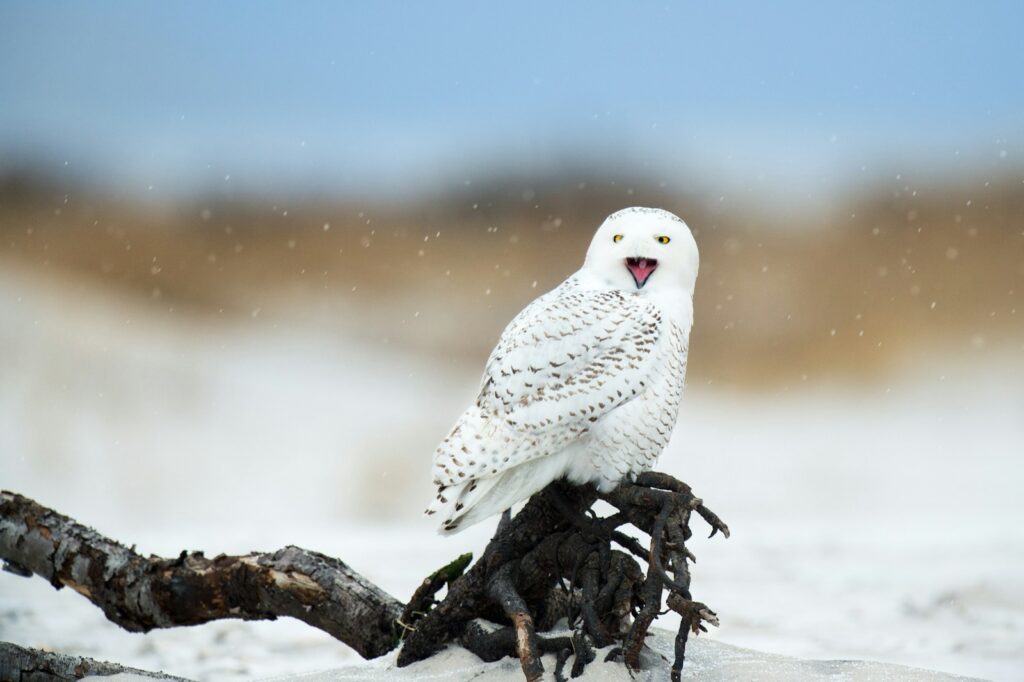
Consistency represents perhaps the most crucial aspect of winter bird feeding, as birds quickly incorporate reliable food sources into their critical survival strategies. Once birds discover and begin relying on your feeders, an unexpected food shortage can force them to expend precious energy searching for alternatives—energy they might not be able to spare during harsh conditions. Birds develop feeding circuits or routes they follow daily, timing their visits to known food sources to maximize efficiency. During severe weather events like blizzards or ice storms, these reliable feeding stations become especially vital as natural foods become completely inaccessible. Researchers have documented birds visiting feeders more frequently and in greater numbers immediately before approaching storms, suggesting they can sense changing weather patterns and prepare accordingly. Maintaining filled feeders through the entirety of winter, particularly during extreme weather events, provides the dependable support birds need for their carefully balanced winter survival strategies.
Supporting Diverse Species with Targeted Offerings
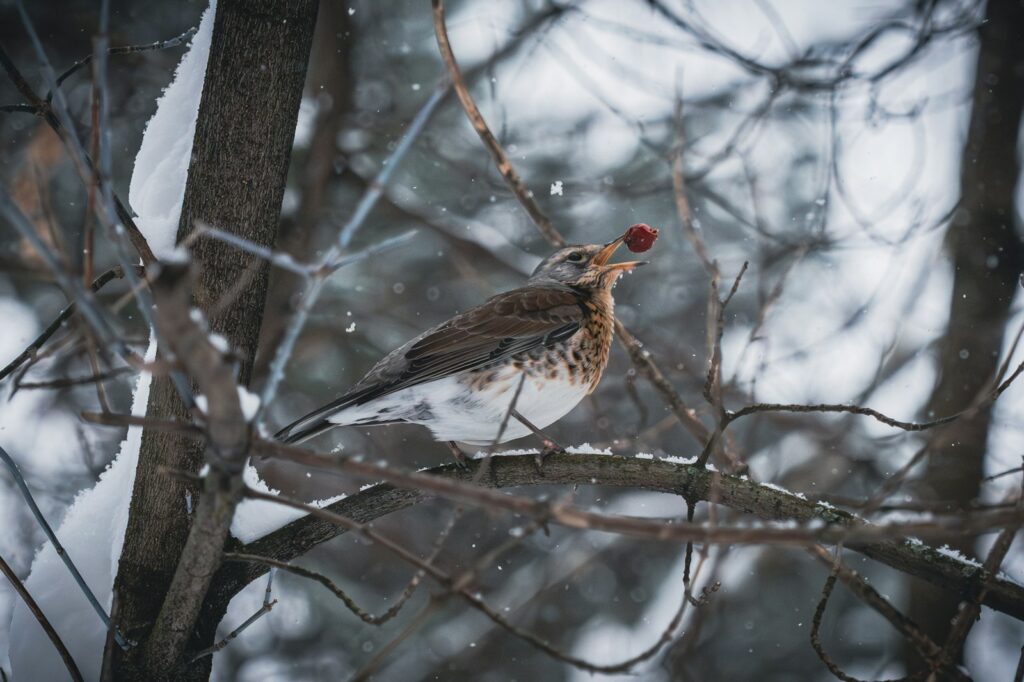
Different bird species have specialized feeding preferences and adaptations that influence which foods and feeder types best support them through winter. Ground-feeding birds like sparrows, juncos, and towhees benefit from scattered seed beneath feeders or dedicated ground trays positioned away from deep snow accumulation. Woodpeckers, nuthatches, and chickadees readily utilize suet cages attached to trees, mimicking their natural foraging patterns while providing critical fat calories. Finches prefer specialized finch feeders with tiny perches and ports that accommodate their small bills while dispensing preferred nyjer seeds. American goldfinches, which undergo a winter molt unlike most birds, particularly benefit from protein-rich nyjer and sunflower hearts during this energetically demanding process. Offering this diversity of foods and feeding stations ensures you support the widest possible range of winter residents, from the tiniest kinglets to robust cardinals and jays, each with their specific nutritional and behavioral requirements.
Winter Feeding Safety: Preventing Unintended Harm
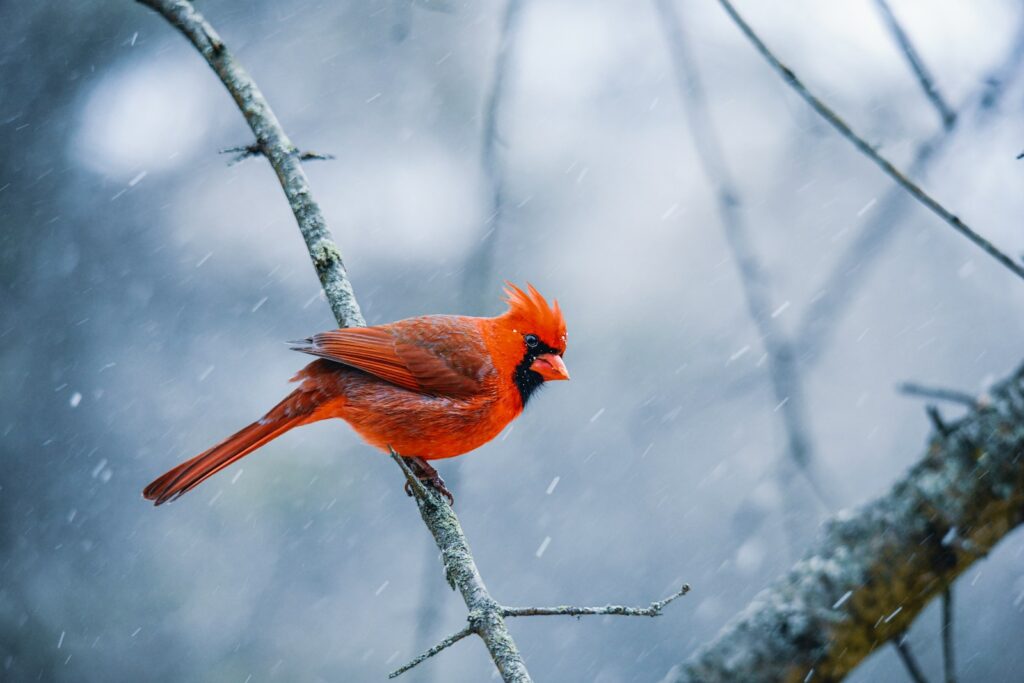
Responsible winter feeding requires attention to safety factors that protect birds from unintended hazards. Regular feeder cleaning with a 10% bleach solution prevents the spread of diseases like salmonellosis and avian conjunctivitis, which can sweep through bird populations with devastating effects. Positioning feeders to minimize window collisions—either within three feet of windows or more than 30 feet away—helps prevent the estimated one billion annual bird deaths from such impacts in North America. Snow management around feeding areas prevents food contamination while ensuring ground-feeding species can access scattered seeds. Protecting feeders from marauding squirrels and raccoons isn’t just about saving seed—it prevents these larger animals from intimidating birds away from critical food sources. Careful positioning of feeding stations to provide clear sightlines also protects birds from ambush predators like domestic cats, which kill billions of birds annually. These safety considerations ensure your well-intentioned feeding efforts support rather than harm winter bird populations.
Community Science: How Feeder Watchers Contribute to Research
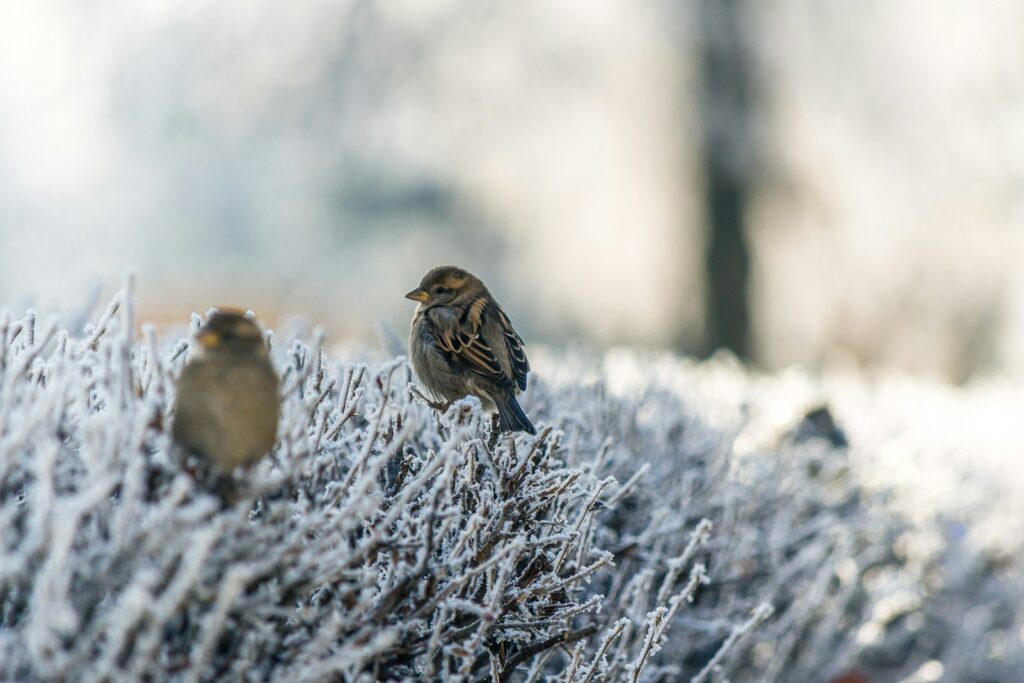
Winter bird feeding creates valuable opportunities for everyday citizens to contribute meaningful data to ornithological research through community science projects. The Cornell Lab of Ornithology’s Project FeederWatch engages thousands of participants who record winter bird observations, generating datasets that track population trends, range expansions, and behavioral adaptations across North America. The Christmas Bird Count, running for over 120 years, represents one of the longest continuous wildlife monitoring programs in existence, with much of its data coming from observers at feeders. These large-scale, long-term studies have documented significant findings, including the northward range expansion of species like Carolina wrens and northern cardinals—changes partially attributed to the winter feeding that helps these traditionally southern birds survive in more northern regions. By maintaining winter feeding stations and participating in these monitoring programs, bird enthusiasts contribute to our understanding of how climate change, habitat loss, and other factors impact bird populations while helping scientists develop better conservation strategies.
Regional Considerations for Winter Feeding
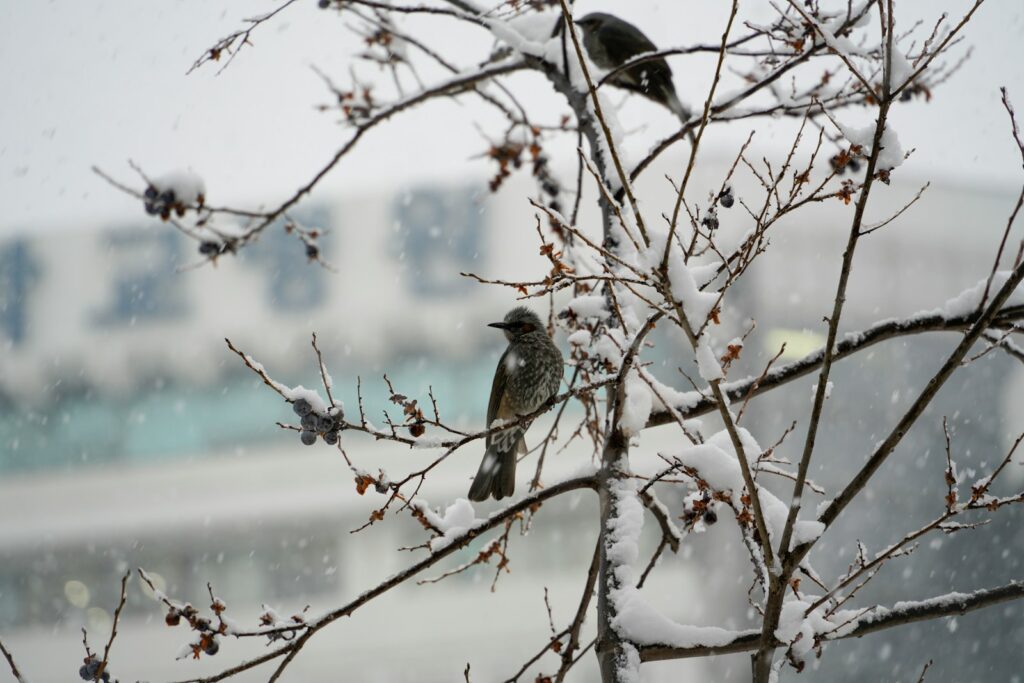
Winter bird feeding strategies should be tailored to regional conditions and local species populations to maximize their effectiveness. In northern regions experiencing prolonged sub-freezing temperatures, offering high-fat foods like suet becomes especially critical, while heated bird baths provide rare access to unfrozen water. Mid-Atlantic and Southeastern states may experience intermittent cold snaps rather than sustained freezes, requiring consistent feeding during these challenging periods when birds haven’t developed the fat reserves their northern counterparts maintain. Western regions often deal with winter drought rather than extreme cold, making water provision as important as food supplementation for supporting birds. Coastal areas typically host different winter bird communities than inland locations, with some maritime regions seeing influxes of northern species like crossbills or redpolls during irruption years when these birds move south seeking food. Understanding your local winter bird community and climate patterns allows you to customize your feeding approach to address the specific challenges birds face in your region.
When Spring Arrives: Transitioning Your Feeding Program
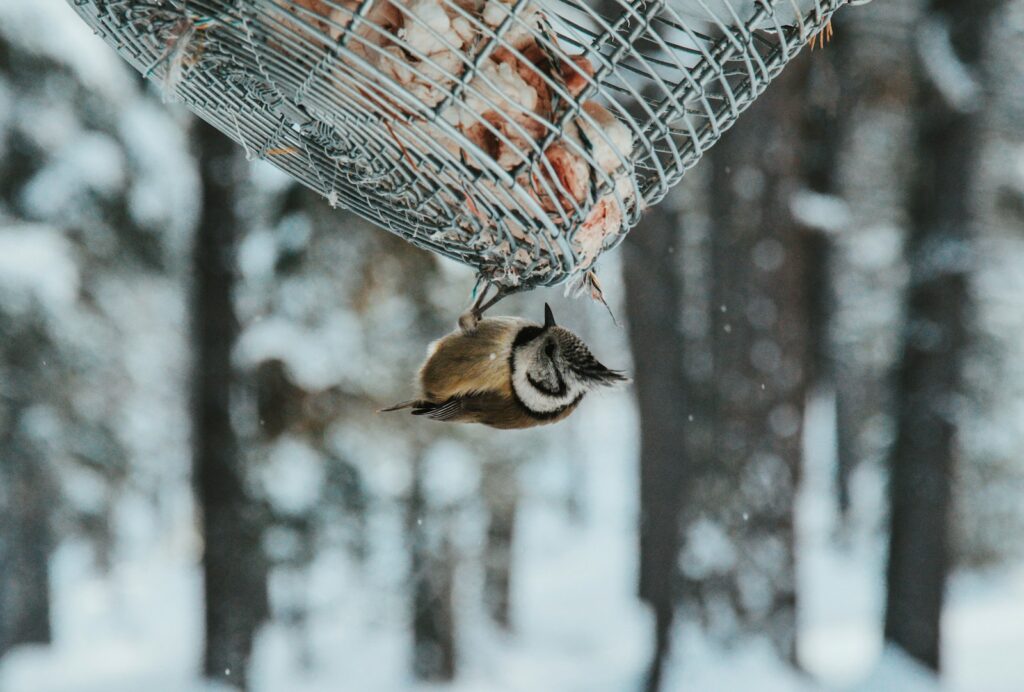
As winter transitions to spring, thoughtfully adjusting your feeding program helps birds navigate this season of changing needs and resources. Rather than abruptly ending feeding when temperatures warm, gradually reduce quantities as natural foods become more available through early spring. Many species benefit from continued supplementation during the early breeding season, particularly during cold snaps or spring storms that can still threaten survival and nesting success. Shifting from winter’s fat-heavy options toward more protein-rich foods supports birds’ changing nutritional needs during breeding and nesting periods. Spring represents an ideal time to install specialized feeders for returning migrants like hummingbirds and orioles, who benefit from sugar water and fruit offerings after their long journeys. Maintaining clean feeding stations becomes even more critical during spring’s warm, wet conditions that can promote bacterial and fungal growth. This transitional approach helps birds navigate between seasons while supporting their shifting ecological roles and requirements.
The Broader Conservation Impact of Winter Feeding
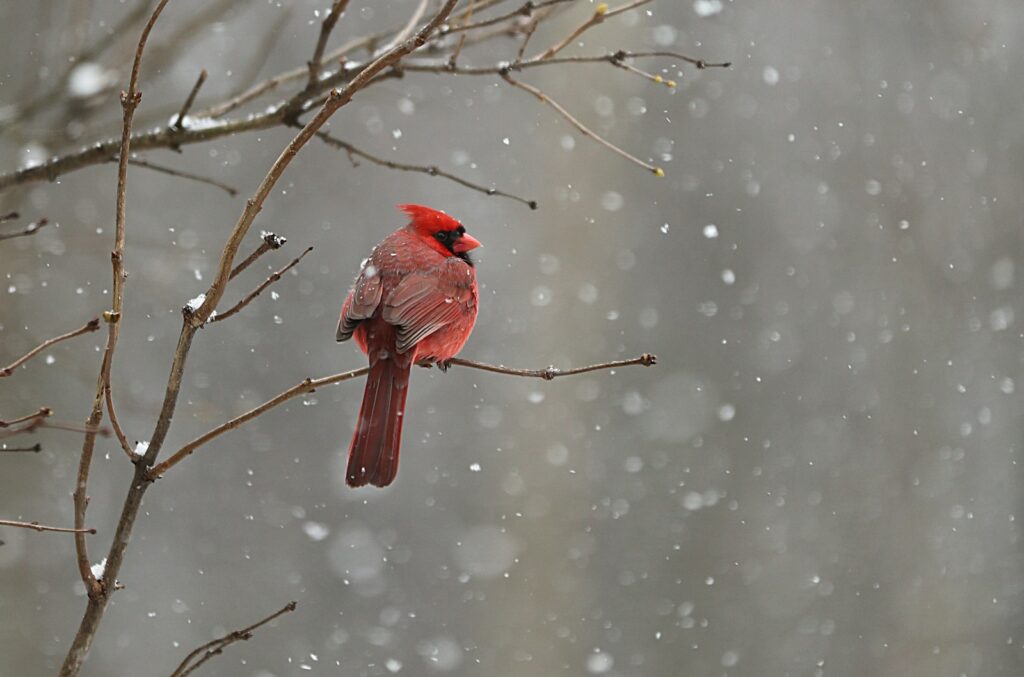
Winter bird feeding, when practiced responsibly, contributes to broader bird conservation efforts beyond individual survival benefits. For species facing habitat loss in their natural ranges, supplemental feeding helps bridge resource gaps that might otherwise lead to population declines. Urban and suburban feeding stations create wildlife corridors and stepping stones between fragmented natural habitats, supporting better gene flow and population resilience. The intimate bird observations facilitated by winter feeding foster deeper public connection with wildlife, consistently creating new conservation advocates who go on to support habitat protection and bird-friendly policies. Research shows that people who feed birds become more aware of and concerned about broader environmental issues affecting avian populations. By combining winter feeding with habitat improvements, native plant gardening, and participation in community science programs, bird enthusiasts transform a simple act of care into a meaningful contribution to conservation. This multifaceted approach helps ensure that birds don’t just survive winter’s challenges but thrive long into the future.
Winter bird feeding represents one of the most accessible yet impactful ways that everyday people can support wildlife conservation while forging meaningful connections with the natural world. By providing nutritious food consistently throughout winter’s challenging months, we help birds maintain the energy reserves they need not just for daily survival but for overall health and reproductive success in the seasons ahead. The practice bridges a critical resource gap created by habitat loss and climate change while generating valuable scientific data through community monitoring programs. Beyond the tangible benefits to birds, winter feeding brings joy and wonder into our own lives during the year’s darkest months, connecting us to natural rhythms and wild neighbors that might otherwise remain unseen. As you fill your feeders this winter, remember that this simple act represents not merely a hobby but a vital link in the conservation chain—one that supports resilient bird populations today while fostering tomorrow’s environmental stewards.
